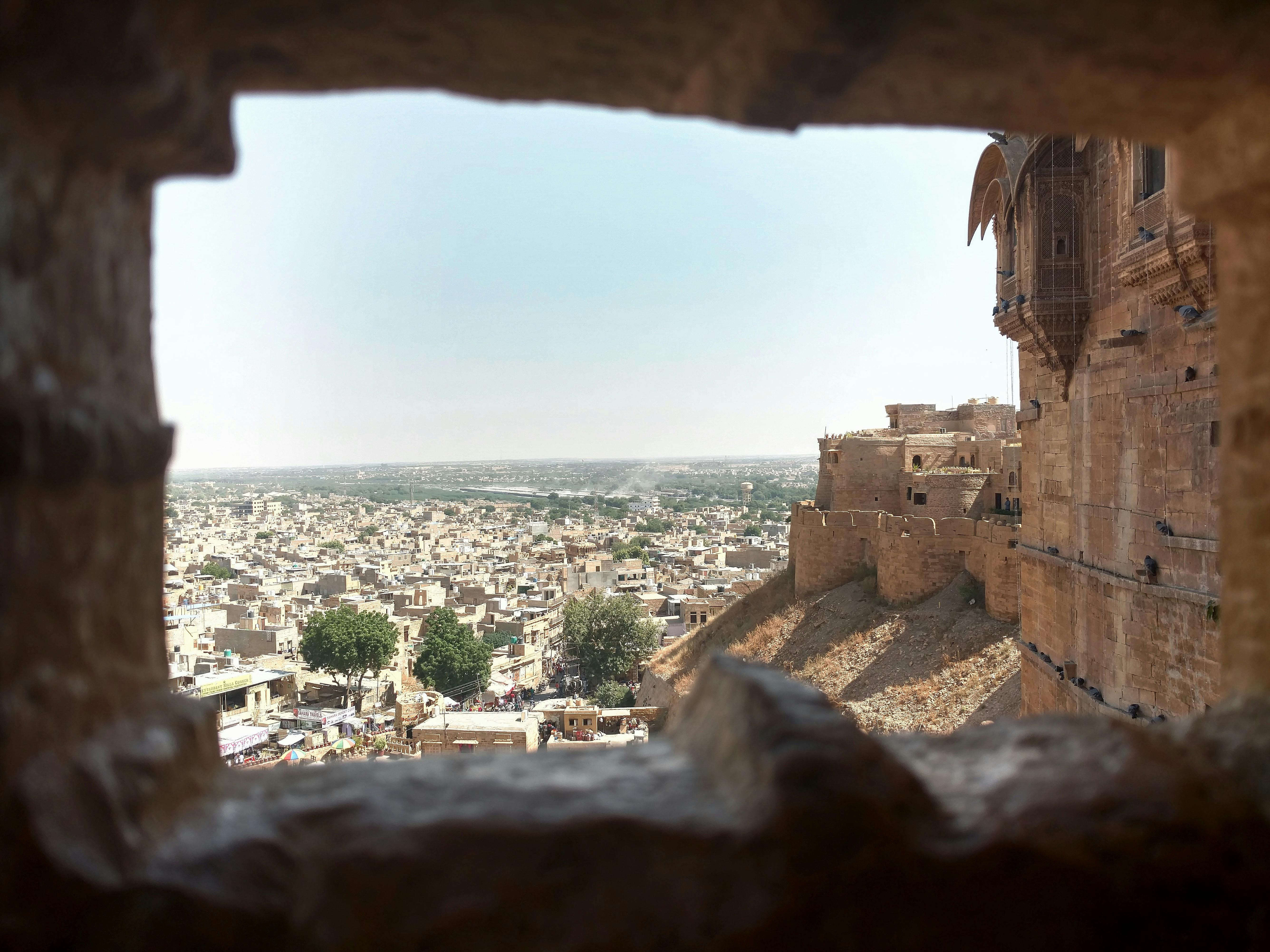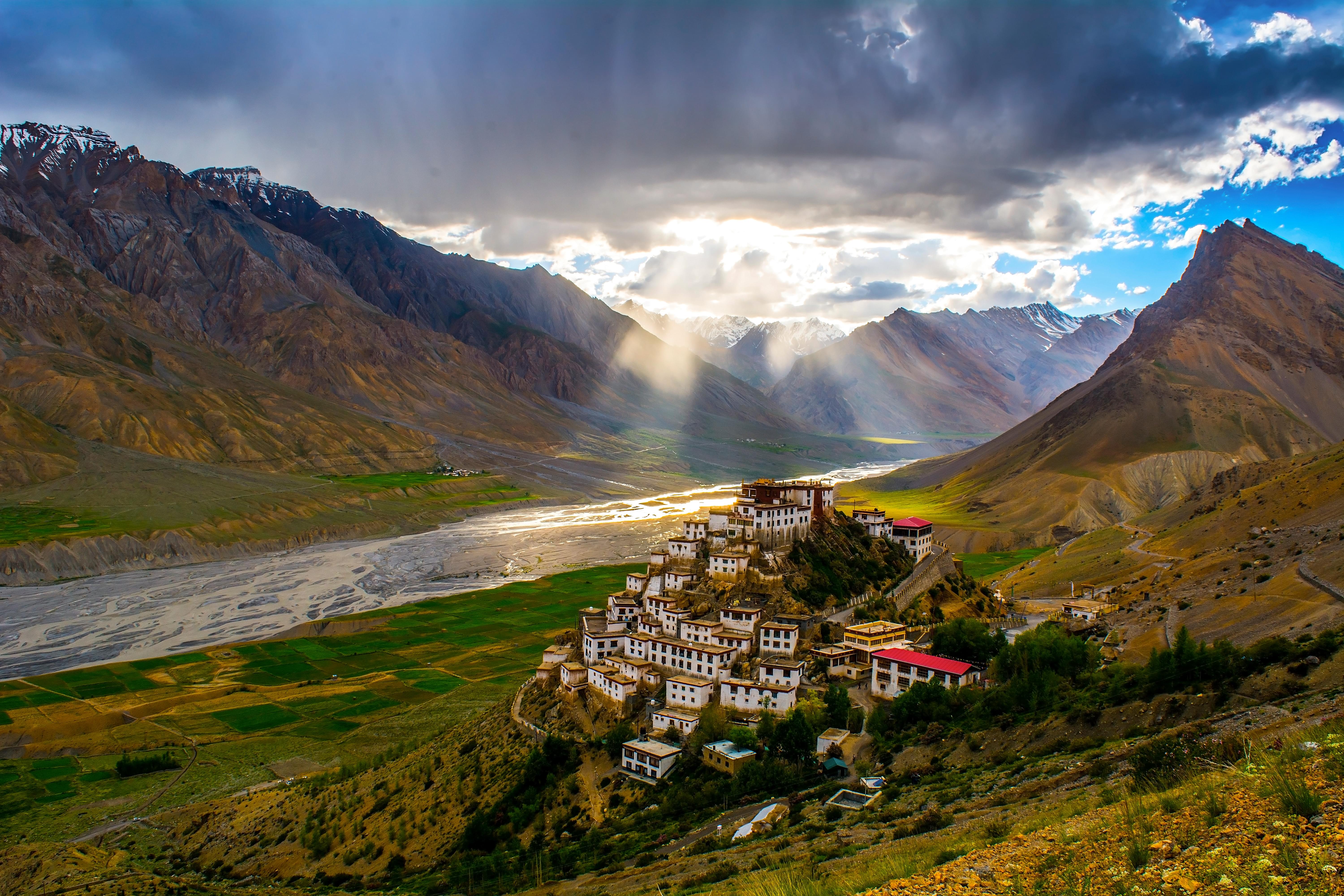Adventure in the Land of Maharajas - Exploring Rajasthan's Forts and Palaces

Strong 8k brings an ultra-HD IPTV experience to your living room and your pocket.
Over centuries, Rajasthan has stood as a beacon of opulence and grandeur, with its majestic forts and ornate palaces that whisper tales of valor and romance. Embarking on a journey through this enchanting land means stepping into a realm where history comes alive amidst stunning architecture and vibrant culture. From the towering walls of Mehrangarh Fort in Jodhpur to the intricate beauty of City Palace in Udaipur, each fortress and palace in Rajasthan holds a unique story waiting to be discovered. Join us as we unravel the mysteries and magnificence of Rajasthan's forts and palaces, where every visit is a true adventure.
Adventure in the Land of Maharajas - Exploring Rajasthan's Forts and Palaces
Your journey through the majestic land of Rajasthan will be enriched by delving into the rich history of Rajputana architecture. The architectural marvels scattered throughout the state stand as a testament to the valor and grandeur of the Rajput rulers who once reigned over this land.
Era of Construction and Influences
To understand the history of Rajputana architecture, one must travel back to the early centuries when the Rajput kingdoms flourished in the region. The era of construction of these opulent forts and palaces dates back to as early as the 8th century, with influences ranging from Mughal to Rajasthani styles. The fusion of these architectural influences led to the creation of unique structures that are now synonymous with Rajasthan.
During this period, various Rajput clans vied for power, leading to a competitive spirit in the construction of forts and palaces. Each kingdom sought to outdo the other in terms of grandeur and magnificence, resulting in a diverse range of architectural styles that reflect the cultural richness of Rajasthan.
Characteristics of Rajasthani Fortresses
History has witnessed the rise of numerous Rajasthani fortresses, each possessing distinct characteristics that set them apart from one another. The forts stand tall as symbols of strength and resilience, with massive walls and imposing gates that evoke a sense of awe and admiration. The strategic locations of these fortresses atop hills or amidst deserts further highlight their defensive nature.
It is fascinating to observe the intricate details in the architecture of Rajasthani fortresses, from ornate carvings to intricate latticework. The use of local materials such as sandstone and marble not only adds to the beauty of these structures but also ensures their durability against the harsh desert climate. The forts of Rajasthan truly stand as magnificent examples of architectural prowess and cultural heritage.
Journey Through the Major Forts
Any journey through the majestic state of Rajasthan is incomplete without exploring its iconic forts that have withstood the test of time and narrate tales of valor and grandeur. These monumental structures stand as a testament to the rich history and architectural brilliance of the region.
The Majestic Mehrangarh Fort
Any exploration of the forts in Rajasthan must begin with the imposing Mehrangarh Fort in Jodhpur. Perched on a hilltop overlooking the blue city, this fort is a sight to behold. Built in the 15th century by Rao Jodha, the fort's massive walls enclose palaces, courtyards, and museums that offer a glimpse into the opulent lifestyle of the erstwhile rulers.
The intricate carvings, expansive courtyards, and stunning views of the city from the ramparts make Mehrangarh Fort a must-visit destination for history buffs and architecture enthusiasts. The fort's well-preserved architecture and historical significance make it a prominent landmark in Rajasthan's landscape.
The Formidable Chittorgarh Fort
Majestic and steeped in history, the Chittorgarh Fort stands as a symbol of Rajputana pride and valor. Spread over a vast area, this fort was the capital of Mewar and witnessed several battles and sieges over the centuries. Its towering walls, grand structures, and intricate craftsmanship are a testament to the architectural prowess of the Rajput rulers.
Fort Chittorgarh's history is filled with tales of sacrifice and bravery, most notably the legendary act of jauhar (mass self-immolation) by Rani Padmini and the battle prowess of Maharana Pratap. The fort's strategic location atop a hill offers panoramic views of the surrounding plains, making it a picture-perfect destination for history enthusiasts and photographers.
Chittorgarh Fort's sheer size and the numerous palaces, temples, and towers within its complex highlight the grandeur of Rajput architecture and the cultural heritage of Rajasthan. The fort's resilience in the face of adversity and its historical significance make it one of the most captivating forts in India.
The Grand Kumbhalgarh Fort
Fortified by a wall that stretches over 36 kilometers, the Kumbhalgarh Fort in Rajsamand is a marvel of Rajputana architecture and engineering. Built in the 15th century by Rana Kumbha, this fort served as a strategic defense outpost with its wide ramparts and numerous towers.
The grandeur of Kumbhalgarh Fort lies not only in its impressive structure but also in its historical significance as the birthplace of the legendary Maharana Pratap. The fort's intricate design, breathtaking views of the Aravalli Range, and the Kumbhalgarh Wildlife Sanctuary in its vicinity make it a cherished destination for history lovers and nature enthusiasts alike.
Fort Kumbhalgarh's formidable defenses, including its massive walls and ingenious layout, reflect the military acumen of the Rajput rulers. The fort's status as a UNESCO World Heritage Site further solidifies its importance as a cultural gem in Rajasthan's crown.
Splendors of Royal Palaces
To truly experience the grandeur and opulence of Rajasthan, one must explore the majestic royal palaces that have stood the test of time. These palaces are not just historic landmarks, but living testaments to the rich cultural heritage of the Land of Maharajas.
The Opulent City Palace, Udaipur
With its intricate architecture, stunning courtyards, and ornate decorations, the City Palace in Udaipur is a sight to behold. Built over centuries by various rulers of the Mewar dynasty, this palace is a perfect blend of Rajput and Mughal influences. As you walk through its corridors and rooms, you can't help but be awestruck by the sheer grandeur of the place.
The City Palace is not just a historic monument, but also a functioning royal residence. It houses a museum showcasing artifacts, paintings, and royal memorabilia that offer a glimpse into the opulent lifestyle of the erstwhile Maharajas. The panoramic view of Lake Pichola from the palace is simply breathtaking, making it a must-visit destination for any traveler exploring Udaipur.
The Royal Amber Palace, Jaipur
Jaipur, the Pink City of India, is home to the magnificent Amber Palace. Perched on a hill overlooking Maota Lake, this stunning palace is a fine example of Rajput architecture. The intricate mirror work, marble carvings, and exquisite paintings that adorn the walls of the palace are a testament to the craftsmanship of the artisans of that era.
The Amber Palace served as the residence of the Rajput Maharajas of Jaipur before the capital was shifted to the city. One of the highlights of a visit to the palace is the chance to ride an elephant up the hill to the main entrance, just as the royals did in the past. The palace also offers panoramic views of the surrounding hills and valleys, adding to its charm and allure.
Cultural Significance and Tourism
For centuries, Rajasthan has been a land rich in culture and heritage, with its magnificent forts and palaces serving as a testament to the grandeur of its past. The state's forts and palaces not only reflect the architectural brilliance of the bygone era but also hold great historical and cultural significance. These majestic structures stand as a symbol of the valor and opulence of the Rajput rulers who once reigned over the land of Maharajas.
Preservation of Heritage
For the preservation of Rajasthan's rich heritage, efforts have been made to restore and maintain the forts and palaces scattered across the state. These structures are not only important from a historical perspective but also serve as major tourist attractions, drawing visitors from around the world. The preservation of these architectural marvels is crucial in order to protect the legacy of Rajasthan's royal past for future generations to appreciate and admire.
Efforts such as conservation projects, heritage walks, and cultural events organized in and around these forts and palaces have played a vital role in keeping alive the legacy of Rajasthan's rich heritage. By promoting heritage tourism, the state is not only preserving its past but also creating sustainable opportunities for economic growth and local development.
Impact on Local Economy and Tourism
For Rajasthan, the forts and palaces are not just relics of the past but also key drivers of the local economy and tourism industry. The influx of tourists visiting these historical sites has led to the growth of hospitality services, handicraft industries, and local businesses in the surrounding areas. The revenue generated from tourism has helped in the overall development of the region, providing employment opportunities and boosting the local economy.
Impact on Local Economy and Tourism:
The forts and palaces of Rajasthan have become iconic symbols of the state, attracting a large number of tourists and history enthusiasts every year. The tourism industry, driven by these architectural wonders, has not only brought economic prosperity to the region but has also helped in showcasing the rich cultural heritage of Rajasthan to the world. This symbiotic relationship between heritage preservation, tourism, and economic development is vital in ensuring the sustainable growth of Rajasthan's tourism industry while safeguarding its historical legacy.
Travel Tips and Recommendations
Unlike many other destinations, traveling in the land of Maharajas requires careful planning and preparation. Here are some travel tips and recommendations to ensure a smooth and enjoyable experience in exploring Rajasthan's forts and palaces:
- Respect local customs and traditions, especially when visiting religious sites.
- Stay hydrated and carry a water bottle with you at all times, as the desert climate can be unforgiving.
- Dress modestly, particularly when visiting rural areas, to show respect for the local culture.
- Book accommodations in advance, especially during peak tourist seasons, to avoid any last-minute hassles.
Thou shalt immerse yourself in the vibrant culture and history of Rajasthan, but do so with respect and mindfulness to ensure a memorable and rewarding journey.
Best Time to Visit
Recommendations for the best time to visit Rajasthan's forts and palaces include the months of October to March, when the weather is relatively cool and pleasant. This period coincides with the winter season in Rajasthan, making it ideal for exploring the region's attractions without the scorching heat of summer.
If you prefer to avoid the crowds, consider visiting during the shoulder seasons of April to June or September to October. While the weather may be warmer during these months, you'll have the advantage of fewer tourists and potentially lower accommodation rates.
Navigating the Land of Maharajas
Best practices for navigating the land of Maharajas include hiring a local guide to enhance your experience and provide valuable insights into the history and culture of the region. Additionally, consider renting a car and driver for flexibility in exploring the various forts and palaces scattered across Rajasthan's vast landscape.
It is recommended to plan your itinerary in advance and allocate sufficient time for each destination to fully appreciate the architectural marvels and historical significance of Rajasthan's forts and palaces.
To wrap up
On the whole, commenceing on an adventure in the Land of Maharajas by exploring Rajasthan's forts and palaces offers a glimpse into the rich history, vibrant culture, and architectural marvels of this enchanting region. From the majestic Amber Fort in Jaipur to the opulent City Palace in Udaipur, each site tells a story of the grandeur and splendor of Rajasthan's royal past. The intricate carvings, stunning landscapes, and tales of valor and romance make this journey a truly unforgettable experience for anyone seeking a taste of India's royal heritage.
Note: IndiBlogHub features both user-submitted and editorial content. We do not verify third-party contributions. Read our Disclaimer and Privacy Policyfor details.








